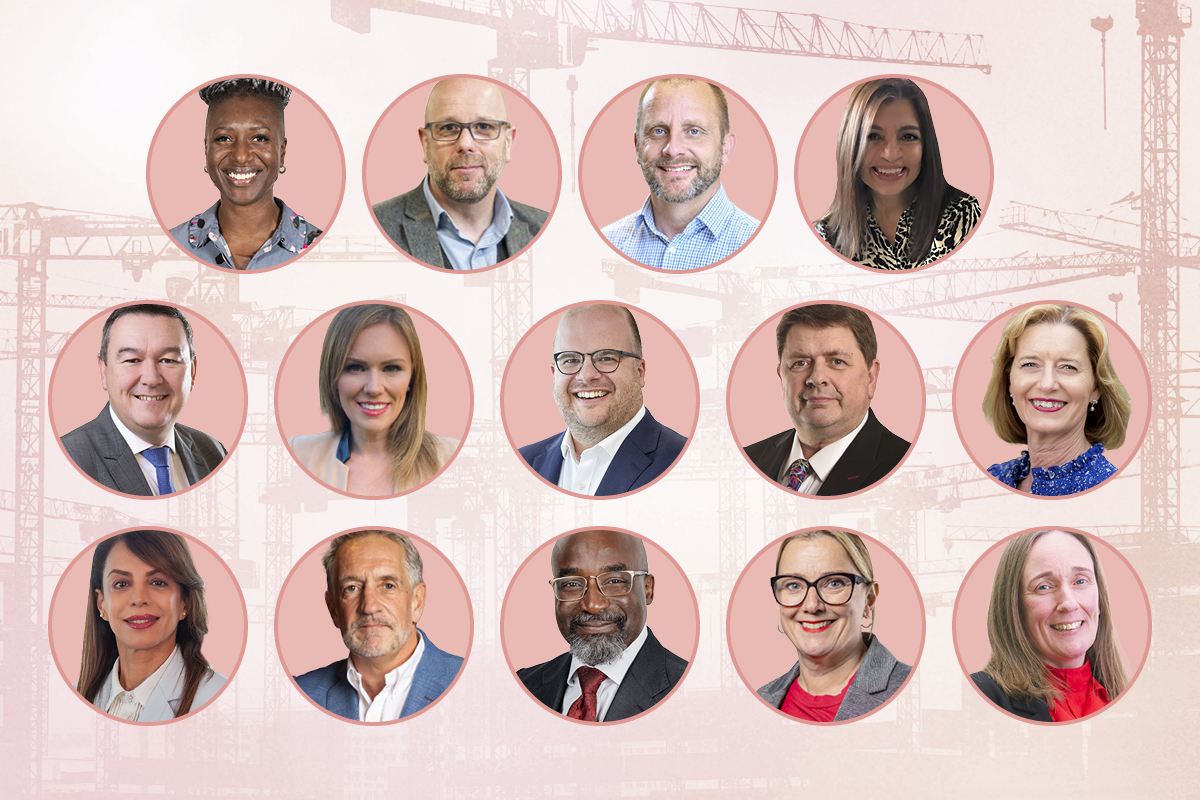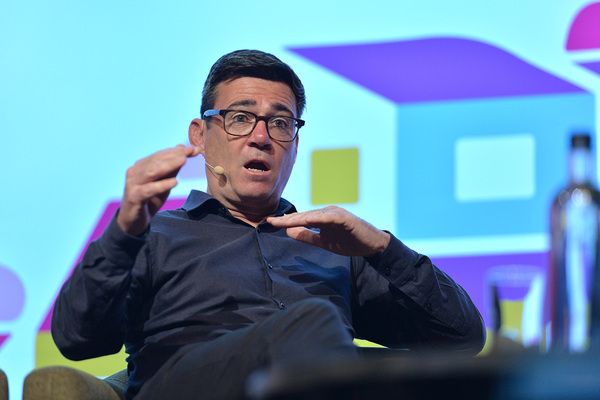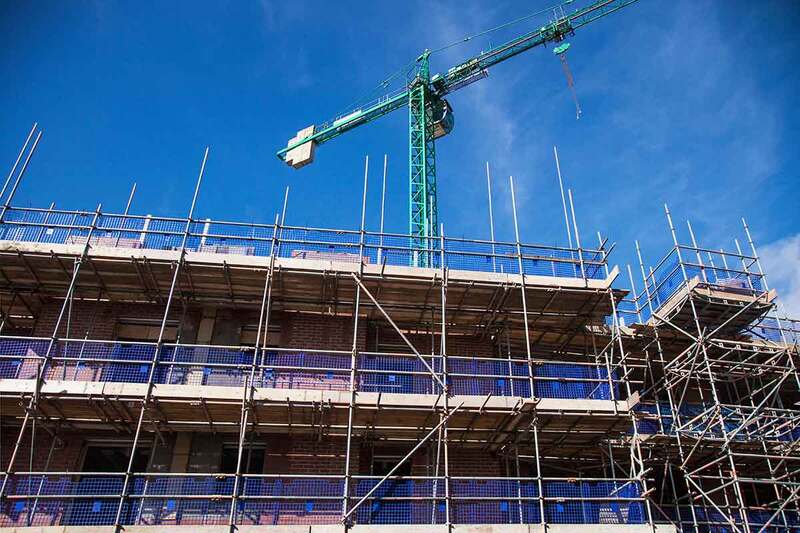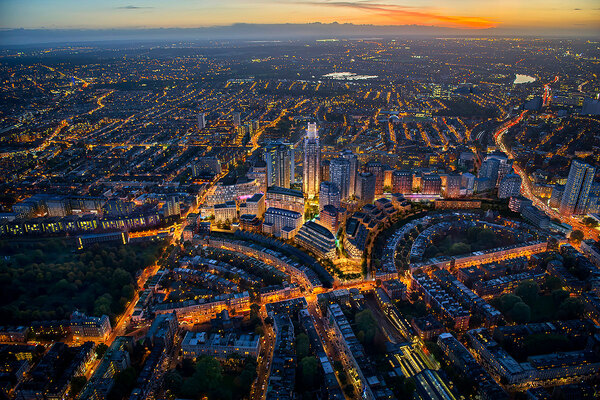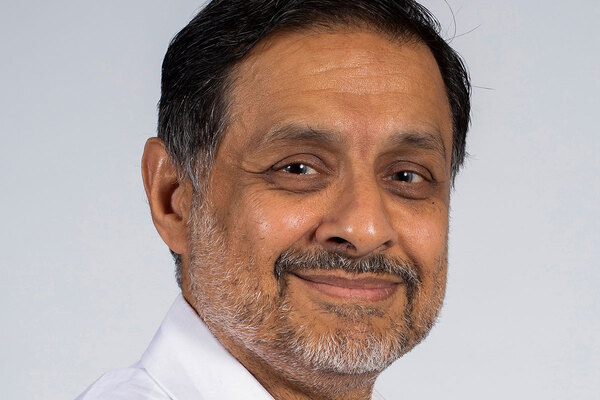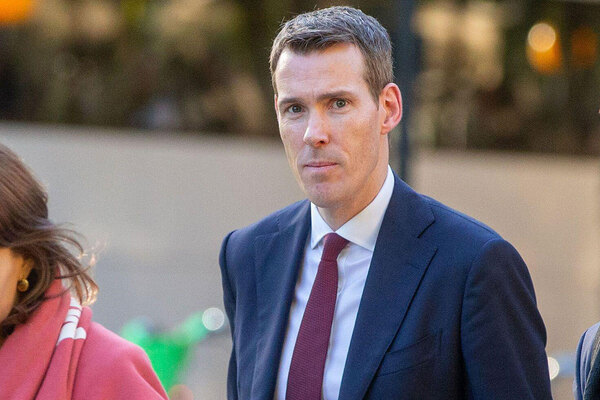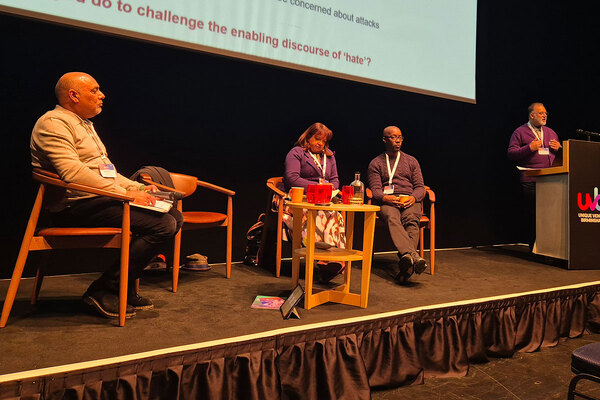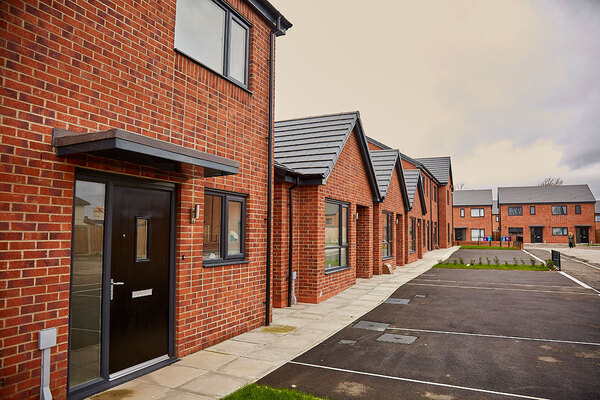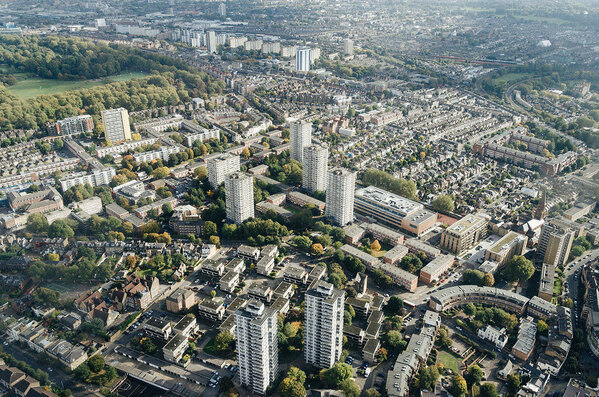You are viewing 1 of your 1 free articles
Ambitious housebuilding targets are great, but they must be realistic
Our research has demonstrated the immense cost of building enough homes, but the first obstacle is about development capacity, writes Marcus Dixon, director of residential research at JLL
If there’s one thing we can take away from the past few weeks it is that politicians of all colours enjoy throwing around big numbers and making big promises. The heady buzz of manifesto week has just about died down, giving way to scepticism about some of the claims that have been made.
Amid the frenzy of manifestos, we published our own big number in our Counting the costs report, which looks at how much it would cost to build enough homes for every household on council waiting lists in England.
We arrived at a figure of £205bn to accommodate the 1.27 million households on waiting lists in England. This number is based on an average build cost of £160,000 and assumes that the government could provide land at zero cost.
An eye-watering number, yes, but so are the figures that the country is currently spending on housing people in temporary accommodation and on housing benefit: £1.74bn and £23.4bn respectively last year.
Cash-strapped local authorities are having to deal with overwhelming request for social housing due to housing shortages. London has nearly 325,000 waiting for social housing, and Birmingham has more than 20,000 at time when the council is looking to cut 28% from its housing budget.
Meanwhile, housing people in temporary accommodation is a very expensive sticking plaster that does nothing to tackle the root of the problem.
“An eye-watering number, yes, but so are the figures that the country is currently spending on housing people in temporary accommodation and on housing benefit: £1.74bn and £23.4bn respectively last year”
These issues are a key part of the reason that the major political parties were quick to set out their ambitious housebuilding targets last week. To recap: the Conservatives promised 1.6 million homes “in the right places” over the next parliamentary term; Labour reiterated its commitment to build 1.5 million homes over the same period; and the Liberal Democrats vowed to build 380,000 new homes per year, including 150,000 new social homes annually.
These are hugely bold when we you consider that there’s been an average of just over 200,000 new homes built over the past five years. But the total output is not simply a question of political will – we are clear that there are systemic barriers which are preventing vast numbers of homes being built.
The cumbersome planning system, high build costs, labour shortages and lack of available land all mean that volume housebuilding – on the scale proposed by politicians – is unattainable. In fact, JLL has forecast that, compared to the existing 300,000-home target, there is likely to be a shortfall of 570,000 homes between 2024 and 2028.
This is why we stressed in our report that politicians need to be realistic when it comes to setting targets. Without doing so, voters will be trapped in a cycle of disappointment when the government of the day fails to deliver on its promises. Instead, it would be more helpful to set out how they intend to address these aforementioned blockers to development.
Looking at social housing specifically, just increasing development numbers on its own won’t be enough. The pool of existing social homes will always be vulnerable, so long as the Right to Buy remains in place.
“Politicians need to be realistic when it comes to setting targets. Without doing so, voters will be trapped in a cycle of disappointment”
This policy has been in place since 1980 and during that time, more than two million properties have bought by tenants, effectively transferring them to the private market. Last year alone, more than 10,000 social homes were sold under the Right to Buy in England.
The policy was born out of the idea that people should be able to aspire to own their own home, regardless of their housing situation. This is undoubtedly a good thing, but for too long local authorities have not been given the ability to replace the homes that are sold to residents.
It seems as the general election nears, so do the chances of having a realistic political discussion on housebuilding numbers. But we can hope that there will be more detail about how our political leaders intend to fix the issues with the housing landscape.
Sign up for our development and finance newsletter
Already have an account? Click here to manage your newsletters


